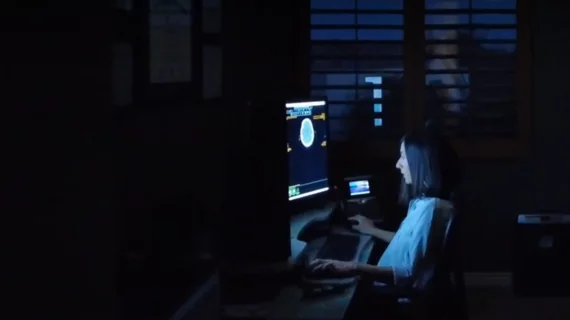5 ways radiologists can utilize creative thinking when interpreting exams
Medicine is a logic-driven field but thinking creatively can open up new diagnostic avenues and help radiologists become better physicians, authors argued in a recently published perspective.
Just as the novel coronavirus forced experts to quickly adapt to an entirely new disease, imaging providers can use innovative ideas to further their interpretation skills, Ahmad, Munir, DO, with the New York Institute of Technology College of Osteopathic Medicine and Omer A. Awan, MD, associate vice chair of education at the University of Maryland School of Medicine, wrote Wednesday.
“As with many fields of study, medicine's foundation remains scientific, but is expanded by innovation,” Munir and Awan added in Academic Radiology. “Thus, the continued development of creative thinking remains imperative for successful advancements in the medical community.”
Below are strategies to get your creative juices moving.
1. Work backwards: It’s easy to struggle when solutions aren’t straightforward, the authors noted. Radiologists often work backwards from a known outcome (patient illness) to find a solution (diagnosis and cure). This skill keeps providers’ minds primed for myriad diagnoses.
“By remaining open to different possibilities, a radiologist can further improve upon their medical decision making and improve clinical outcomes,” the pair added.
2. Ask simple questions: Complex questions provoke complex answers. Rads should understand the context of difficult studies before the details themselves to make appropriate decisions and interpretations, Munir et al. wrote.
Diagnostic radiologists may try asking “why was this study performed?” And “what am I overlooking?” to explore alternative explanations.
3. Continually evaluate evidence: Healthcare and imaging guidelines are increasingly based on evidence. And the rise of artificial intelligence will force rads to constantly evaluate algorithms and challenge conventional diagnoses.
Questions to consider include: What are alternative explanations? Is there hidden data? Are there any biases?
4. Create associations: Analogies are often used to understand and solve problems in medicine, including within radiology trainee education. One example is the “bird’s beak” sign seen on fluoroscopy exams that helps young providers identify patients with achalasia, a rare esophageal disorder.
“By consistently creating associations between multiple domains, it helps allow the creative mind to seamlessly shift through various perspectives,” the pair wrote.
5. Seek novelty: Continually introducing your brain to new information creates a continuous state of learning. Unfamiliar topics, the authors wrote, elicit dopamine responses which in turn create new brain neurons and encourage motivation.
“Simply put, new activities, whether learning a new task such as playing an instrument, or studying a new topic such as software development, can further inflate intellectual and cognitive horizons,” Munir and Awan added. “By uniquely priming the brain through multiple new domains, one can indirectly inspire creativity in the field of medicine.”

